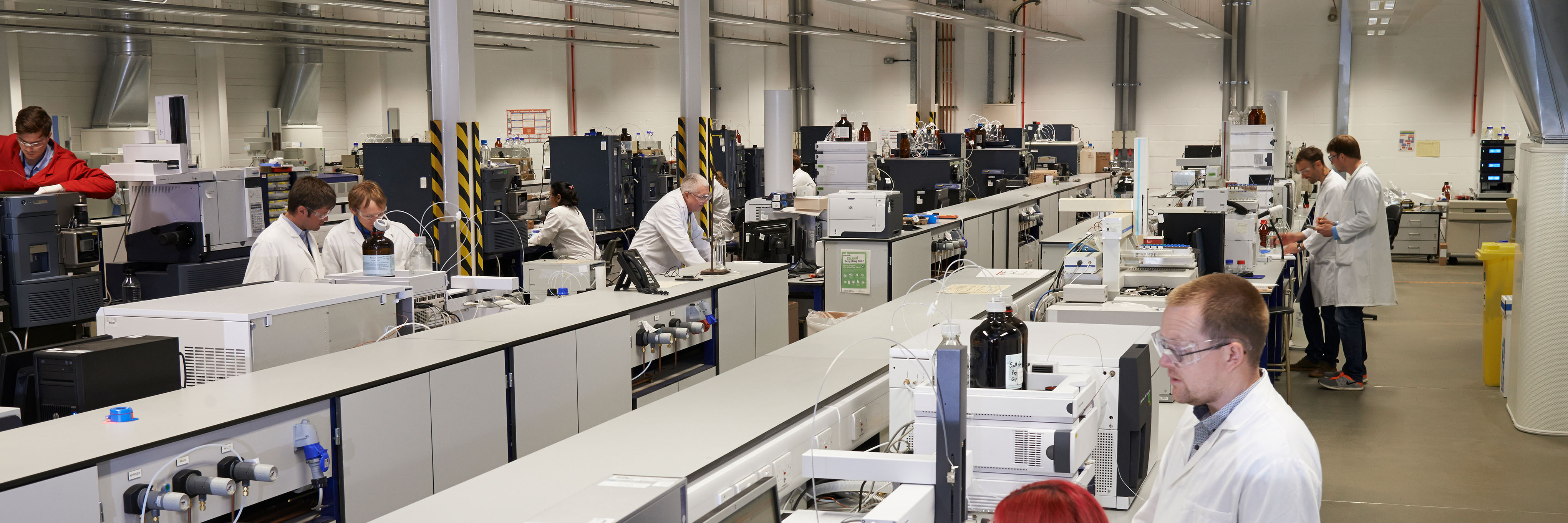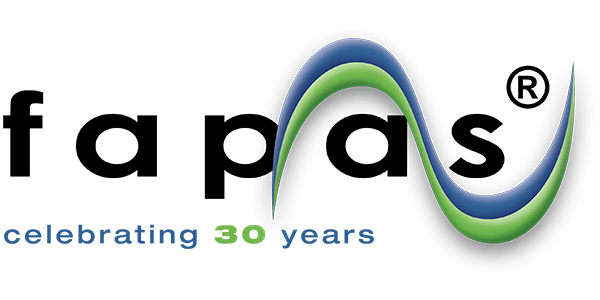
Visit our other sites
-
Fapas - Proficiency Testing
Globally recognised provider of proficiency tests, running over 400 tests annually across an extensive range of matrices and analytes
-
Great Crested Newts Testing
A single sample taken by an ecologist at any time during the newt breeding season can determine their presence or absence, saving you time and money
Visit our other Sites
- We can support with the design and delivery of studies at every step of the ERA process.
- Contact Us Today

As a leading research laboratory in environmental testing, you will have access to unrivalled expertise to assist with Environmental Risk Assessment for your pharmaceutical compounds.
The European Medicines Agency (EMA) requires that an Environmental Risk Assessment (ERA) is completed as part of every Marketing Authorization Application (MAA) for pharmaceutical products.
This process is usually completed during clinical development Phases II/III, and ensures that the potential effects of pharmaceuticals on the environment are studied and adequate precautions taken if specific risks are identified.
At Fera, we offer decades-long experience in environmental testing combined with deep regulatory expertise. Our team of scientists can guide you to the best and most efficient risk assessments for your product, which are performed to the highest standards in our state-of-the-art facilities.
EU regulatory requirements
The EMA’s assessment of a medicine’s potential risks to the environment is a step-wise procedure, consisting of two phases:
Phase I
Estimates the exposure of the environment to the drug substance.
If results of Phase I are below the acceptable threshhold, the assessment may be completed at this point.
Phase II
Gathers information about the fate and effects of the compound in the environment.
If results of Phase I are below the acceptable threshhold, the assessment may be completed at this point.
Phase
Objective
Data requirement
Phase I
Pre-screening
(If above acceptable threshhold)
Estimation of exposure
Consumption data and log Kow
Phase IIA
Screening
(If risks are identified)
Initial prediction of risk
Base set of aquatic ecotoxicology and environmental fate
Phase IIB
Extended
Substance refinement and risk assessment
Extended data set on emission, environmental fate and ecotoxicology
Our services
We can support with the design and delivery of studies at every step of the ERA process. Find out more about our specific services across Physico-chemical Properties, Ecotoxicology and Environmental Fate, below:




Physico-chemical Properties
Physico-chemical property testing characterises the inherent properties of a molecule, which is necessary to support the design of subsequent experimental studies and can contribute to environmental exposure modelling.
We are equipped to design and deliver a broad range physico-chemical property studies according to your needs:
| EMA requirement |
| Potential additional requirements |


Ecotoxicology
Ecotoxicology studies examine the effects of chemical compounds on non-target organisms. The goal of ecotoxicology testing as part of the pharmaceutical risk assessment process is to determine the concentrations at which pharmaceuticals pose an acceptable hazard to the environment, so that these levels can be compared to anticipated exposure concentrations following use.
There are different types of ecotoxicology testing, including:
Aquatic ecotoxicology studies
Examining the potential impact of a compound on aquatic species across the different trophic levels – fish, invertebrates (such as Daphnia) and primary producers (such as green algae and cyanobacteria). Studies can be performed on both pelagic and benthic taxa.
Terrestrial ecotoxicology studies
Examining the potential impact of a compound on terrestrial species across the different trophic levels – micro-organisms, invertebrates (such as earthworms) and higher plants.
Endocrine disruptor studies
Evaluating a compound’s potential to alter the endocrine systems of aquatic species, which can impact their reproduction and development. In recent years, there has been increasing concern around endocrine-disrupting effects, leading to the inclusion of data requirement for tailored assessments for the aquatic compartment.
| EMA requirement |
| Potential additional requirements |


Environmental Fate
Environmental fate studies examine the behaviour of pharmaceutical compounds in different environmental compartments and provide information used to estimate exposure of the compound and its potential degradation products in soil, sediment, surface water and groundwater. Degradation studies are performed in a range of environmental compartments to generate information on the rate of degradation as well as the pathway of degradation, often using radiolabelled test chemicals. Subsequent analysis can be performed to elucidate the structural identity of degradation products that may be formed.
Adsorption/desorption studies are used to generate information on the mobility of a compound which can be used to estimate the potential movement from the site of entry into the environment to other environmental compartments.
At Fera we are equipped to design and deliver a broad range environmental fate studies according to your needs:
| EMA requirement |
| Potential additional requirements |
Our People
Fera has the best people in the right place focused on delivering the right solution. We continuously invest in our people and support them in delivering the best science to our partners.
Our facilities
Our state-of-the-art facilities offer extensive and flexible Good Laboratory Practice (GLP) compliant facilities, supported by an independently managed Quality Assurance Unit. We are proud of our reputation for outstanding service to our clients, providing robust results, timely reporting and value for money.
Click to take a tour.

Copyright © 2025 Fera Science Limited (“Fera”). All rights reserved.
For further information about how Fera uses any personal data collected from you, please see our Privacy Notice at www.fera.co.uk/privacy-policy.




